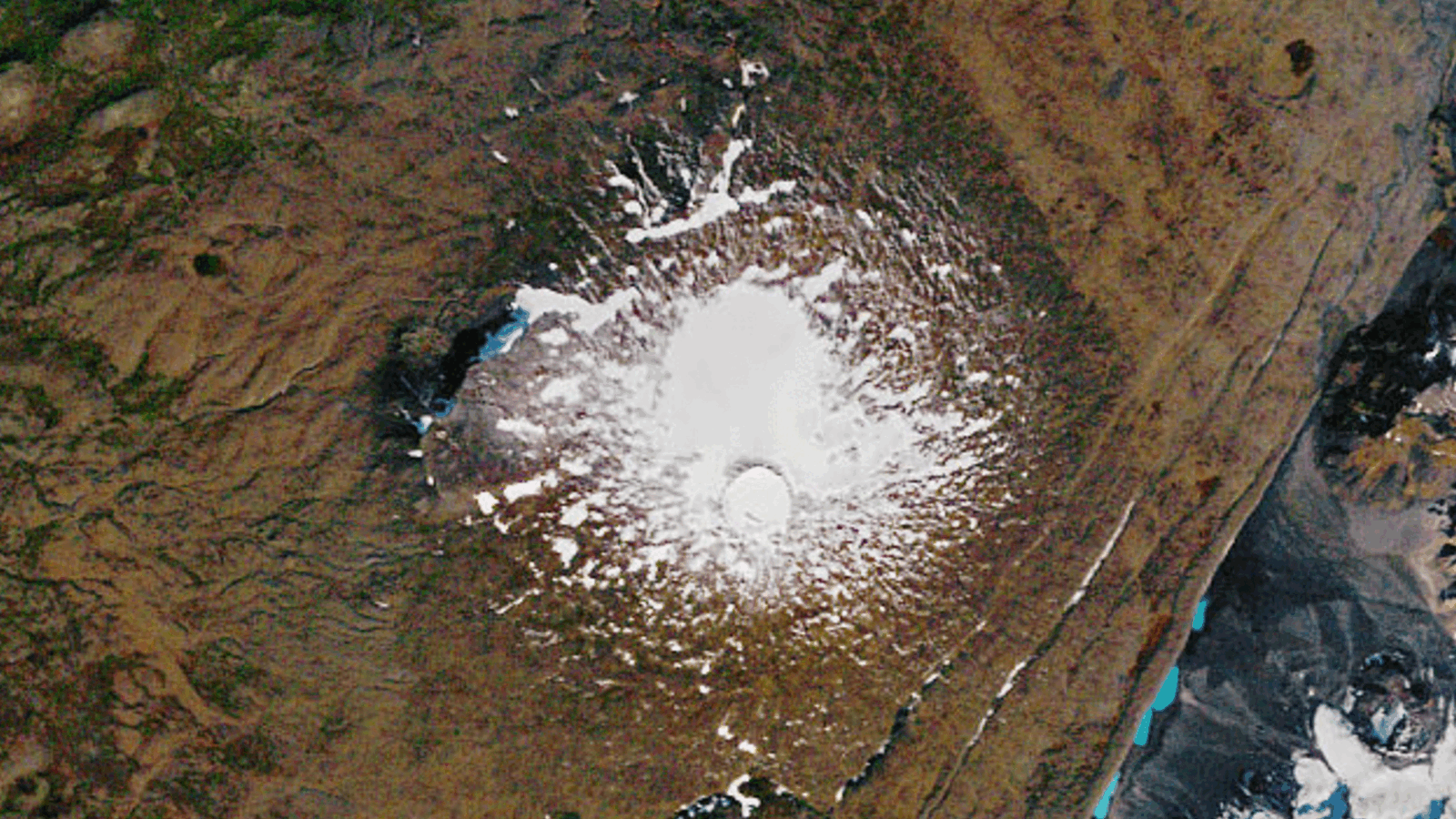When you purchase through links on our site , we may earn an affiliate commission . Here ’s how it work .
Where is it?The Oobloyah Valley on Ellesmere Island , Canada [ 80.89641579 , -82.79273667 ]
What ’s in the photo?The Nukapingwa , Arklio , Perkeo , and Midget glaciers

This icy quartet is part of a network of thousands of glaciers across Ellesmere Island, which are vital to sustaining life in this barren landscape.
Which satellite took the photo?NASA ’s Earth Observing-1 ( EO-1 )
When was it taken?June 12 , 2012
This salient satellite pic shows a quatern of near - identical glaciers perched between cragged peaks on a desolate island in the Canadian Arctic . The elongated ice mass , which are threaten by human - causedclimate change , help sparkle fresh animation in the surrounding " diametric desert " and have provided researchers with rare chance to study some of the world ’s hardiest industrial plant species .

Two species of plant,Epilobium latifolium(left) andSalix arctica(right), quickly colonize the bare ground exposed by the retreating glaciers.
The four glaciers — Nukapingwa , Arklio , Perkeo , and Midget ( from left to right in the image ) — are each around 2 mile ( 3.2 klick ) farsighted and around 2,000 foot ( 600 meters ) astray on modal . They are locate along the northern ridge of the Oobloyah Valley at the nitty-gritty of Ellesmere Island , the 10th - largest island on Earth and Canada ’s most northerly land mass .
Ellesmere Island is a tricky place for life to thrive . Despite continue largely ice - free all year round , temperatures range between 37.9 degree Fahrenheit ( 3.3 stage Celsius ) in the summer and minus 36 F ( minus 38 100 ) in the winter . The area also get less than 2.5 inch ( 6.4 centimetre ) of precipitation each year — create it a frigid desert , accord toNASA ’s Earth Observatory . As a result , only144 people live on the island(as of 2021 ) , despite the land mass being around the same size as the U.K ..
However , seasonal meltwater from glaciers like those in the image provide region like the Oobloyah Valley with enough wet to maintain a sparse covering of resilient botany . This provide the base of a food web that sustain arctic hares , muskoxen , wolves andpolar bear . ( The name Ellesmere means " demesne of muskoxen " in French . )

colligate : See all the good images of Earth from space
At the concluding end of each glacier ( near the bottom of the satellite range of a function ) , slim crescents of unsmooth jagged land , cognise as moraines , surround the tongues of ice . moraine are areas of moil - up dry land left behind as the glaciers retreat up the valley ’s ridgepole , fit in to theU.S. Geological Survey . These areas are wholly devoid of aliveness when they are first freed from the glacier ' immense weight , which makes them the sodding testbed for scientists to take how icy plants colonize new farming .
In a2013 study , researchers from Japan conducted extended fieldwork at the moraine surrounding the Arklio glacier ( second from right ) and found that two plant life — midget fireweed ( Epilobium latifolium ) and a type of creeping willow ( Salix arctica ) — quickly colonize the infinite , allowing other species to finally follow suit .

— Trio of ringed ice caps see otherworldly on Russian Arctic islands
— Ghostly design emerges in Greenland ice after underground lake collapses
— Mysterious wafture ripples across ' coltsfoot ' of icebergs in Arctic fjord

Unfortunately , homo - cause climate alteration is causing glaciers like these to back out much faster than normal . A2018 studythat compare satellite photos of more than 1,700 glacier on Ellesmere Island , found that the ice masses had collectively lost around 6 % of their full trash between 1999 and 2015 .
While retreating glaciers could provide more space for plants to grow in the short condition , the loss of ice will finally reduce the amount of crucial meltwater that is publish into the surrounding polar desert , potentially jeopardizing the entire Ellesmere ecosystem in the long streamlet .















